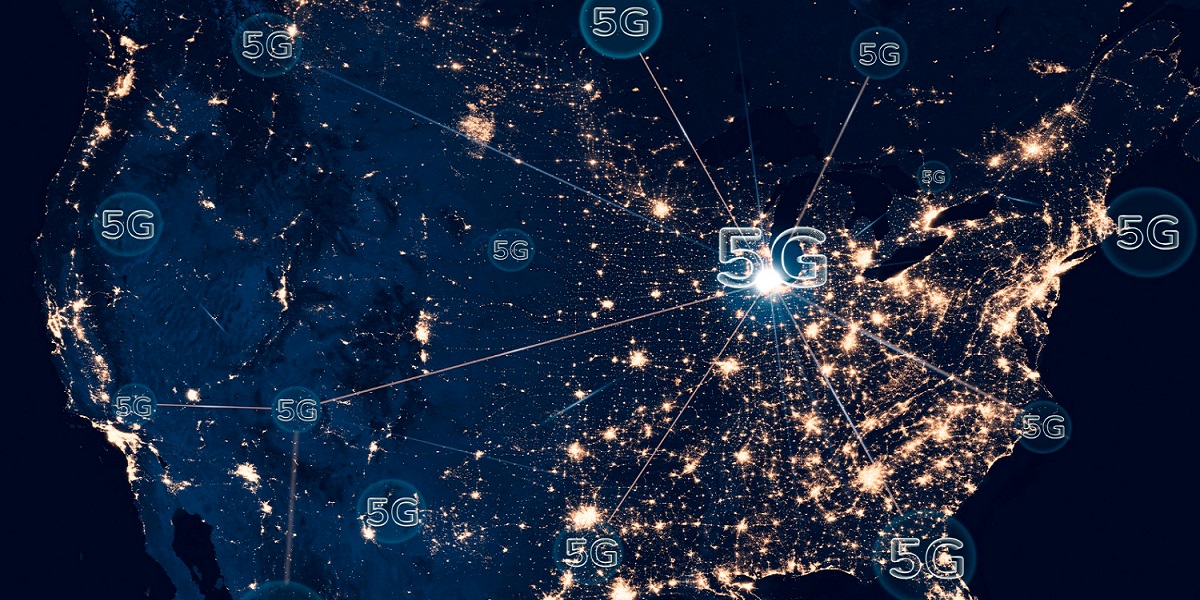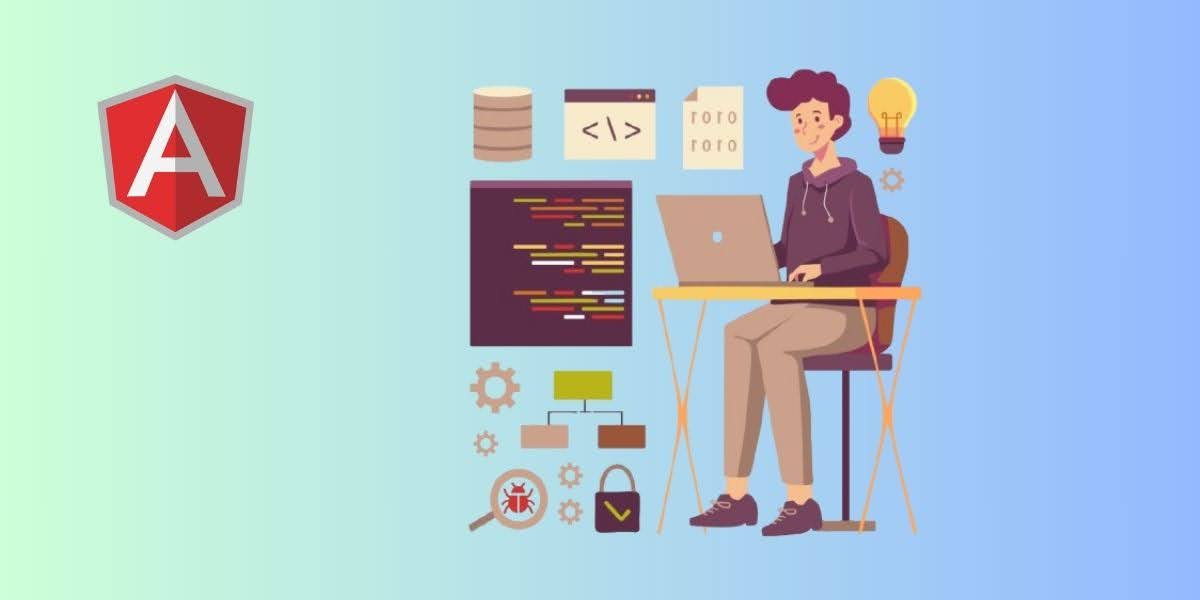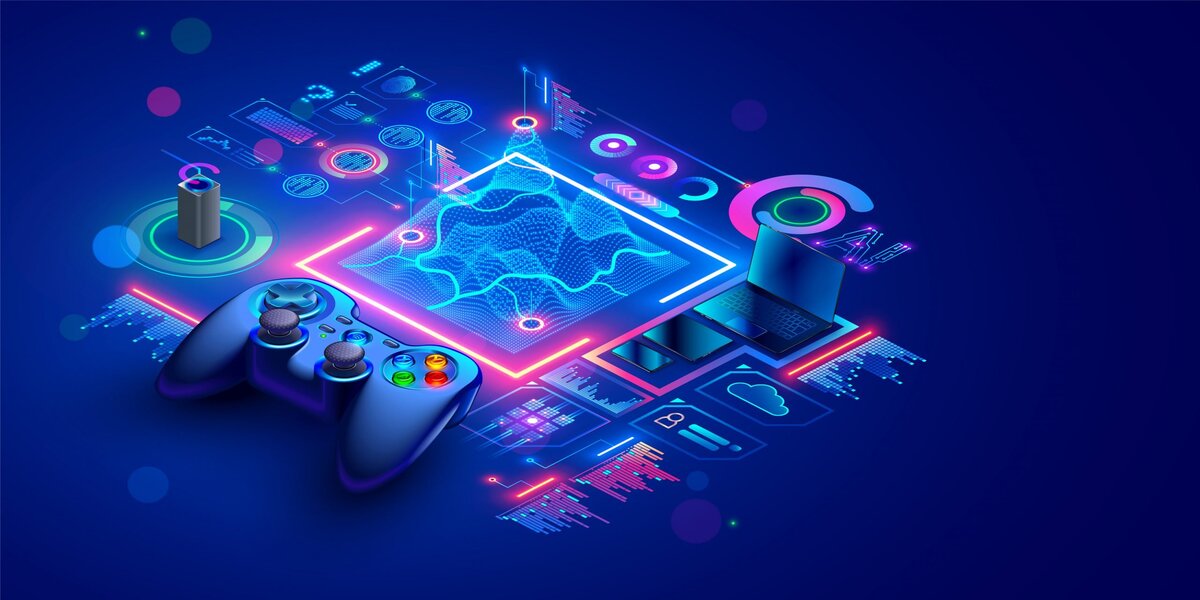The Impact of 5G on Mobile App Development: Key Insights for Developers

The moment 5G entered the market, it completely transformed mobile app development!
From quick loading times to enhanced user experience, 5G technology has a multitude of things to offer.
Furthermore, it’s not wrong to say that it is the next generation of mobile networks that will likely dominate the way we use mobile devices.
Well, the facts don’t lie!
- There will be more than 1.7 billion 5G connections across the globe.
- As per the reports from Ericsson, the 5G subscriptions will surpass nearly 3.5 billion in numbers by the next 2-3 years.
- Investments in 5G infrastructure will reach $58 billion by the next 2-3 years which will drive the deployment of high-speed networks across multiple regions.
Sounds surprising, doesn’t it?
Well, that’s the reason, businesses are planning to build 5G-powered mobile apps to provide better service which would ultimately lead to enhanced customer retention in the long run.
Before we run into the impact of 5G on mobile app development, let’s dive into its meaning, benefits, and more.
What is 5G Technology?
5G: Abbreviated as the short form for the fifth generation of cellular technology, it is the evolution above 4G, meant to process data much faster and connect more devices at the same time. This makes it of great importance for the business world because businesses use mobile applications to monitor inventory, track customer behaviour and manage the productivity of employees in real-time.
Unlike the previous generations, 5G works based on three different types of frequency bands:
Low-band: That covers large sections and is reliable but at a much lower speed.
Mid-band: This offers coverage and speed, hence suitable for cities and all sorts of urban areas.
High-band (mmWave): Offers the fastest speeds but over very short distances, ideal for places where the highest connection speed is required.
5G also uses more developed technologies such as:
- Massive MIMO: It allows many more devices to connect without slowing the network.
- Beamforming: It sends signals exactly to exactly where they are needed to reinforce a connection.
- Network slicing: The network is created into slices that can be used for different purposes, and dedicated devices or applications will receive specific resources to enhance the quality of communication.
Such gains allow 5G to attain utterly staggering speeds: over 10 Gbps. These are ideal for applications that require high throughput, such as IoT (Internet of Things) devices and AR/VR (Augmented Reality/Virtual Reality) experiences.
5G Cellular Technology: How Is it Evolved?
Let us briefly look at how cellular technology has evolved year by year before the advent of 5G:
- 1G: This was the first generation launched at the end of the 1970s; it could make use of simple voice calls. Data transfer was very slow, around 2.4 kbps, and just telephonic communication for two mobile phones.
- 2G: This was the first digital cellular network, introduced over a decade later. Such technology could provide internet connections, text messages, and voice calls. Data speed improved to about 50 kbps.
- 3G: This was the first generation to hit the early 2000s that started the smartphone revolution. With 3G, users could send images and make video calls, as data speeds jumped to around 2 Mbps and made mobile internet much more practical.
- 4G: It was launched in 2007, being LTE, and became the standard wireless technology we use today. The way it unlocked new possibilities at a data speed of 100 Mbps, has possibilities like live streaming, mobile gaming, or data-heavy apps.
- 5G: The Future of Telecommunications. It is characterized by ultra-fast data speeds in gigabits or Gbps and utilizes three categories of frequency bands: high, mid, and low bands. It pushes mobile app development for the next generation and, consequently, transforms the wireless communication infrastructure. If you don't want to run into mistakes, it's wise to hire an iOS app development company to turn your dreams into reality.
How 5G Technology Works?
5G operates on three different bands: one for high-speed movement and two for supplemental data capacity. However, to install a faster internet network, which is a sine qua non for smooth connectivity, three different frequency bands come into play; high-band spectrum. Here's how they work:
1. High Band Spectrum
This is the highest speed 5G can reach, up to 10 Gbps. It's suitable for data-intensive work like ultra-high-definition video streaming or using AR/VR applications. However, it's limited and cannot be used to cover areas because penetration in buildings is impossible. It's, therefore, more workable in open spaces or outside areas where high speeds are needed.
2. Mid Band Spectrum
Between the high and low bands, the mid-band balances speed and coverage. It can deliver up to 1 Gbps speeds, which is still extremely fast for most applications. While not perfect in its penetration through walls, it does the job better than its high-band counterpart and is suitable for urban areas and indoor use where speed and some coverage may be needed.
3. Low Band Spectrum
The low band is the base for 5G wide reach. The coverage is largest with this band, and it does a phenomenal job of penetrating walls and buildings, providing better assurance of connectivity even for rural and indoor scenarios. Its speeds are lower than those of any other bands, but they are still faster than 4G. Thus, it is used extensively by carriers for wide-area 5G availability. This band is also known as the 1GHz range.
What are the Features of 5G Technology in the Realm of Mobile App Development?
5G is changing the way people communicate and will also require more personalization for mobile applications. If you ever work on designing a mobile application then these are some of the top features of 5G to remember.
Faster Speed
The download speed can reach up to 20 Gbps and the upload speed can reach 10 Gbps using 5G. This is much better than the earlier wireless technology, hence, apps will load faster than ever before and can manage quantities of big-sized data easily.
Lower Latency
With 5G, latency or the time taken by data to travel is significantly reduced. If you want to run into mobile app development, you can rest assured that apps like gaming, video conferencing, and real-time communications now feel much smoother and more effective at latency as low as 1 millisecond.
Increased Bandwidth
5G operates on higher frequency bands, which means it can support a huge number of devices and applications at a time without slowing down the network. Therefore, it provides a seamless user experience even in crowded areas.
MIMO Technology
5G technology with MIMO (Multiple Input, Multiple Output) allows the sending and reception of multiple data signals at a time. In this way, it becomes capable of increasing the speeds of data and the general performance of the network. Applications can work faster with greater reliability.
Network Slicing
This feature allows the slicing of the network into virtual sliced pieces, each intended for certain applications. For example, gaming can be tuned in one slice while IoT devices are in another slice; in this manner, each app is assured to get the performance it needs.
Beamforming
5G utilizes beamforming to ensure signals are transmitted more efficiently towards a specific device or location. In this aspect, the network will become more directional and, thus, will result in an effective network with improved performance on all apps, especially at very demanding sites.
Now that you have understood the meaning and features of 5G technology in mobile app development, it’s time to understand its impact!
Without further ado, let’s dive in!
What is the Impact of 5G Technology on Mobile App Development?’
Let’s take a look at the impact of 5G technology on mobile app development.
1. Enhanced Connectivity
One of the biggest impacts of 5G technology on mobile app development will be none other than “Enhanced Connectivity”! With improved speeds and lower latency, the 5G technology will open a window of opportunity for people to connect with more individuals and devices. Furthermore, incorporating the 5G technology will facilitate new experiences which will open a multitude of novel ways to design and build mobile apps.
When multiple people are connected, more real-time communication and collaboration will happen, which means new connections will be increased to an unprecedented scale.
2. Drive Better Revenue Opportunities
As the growth of modern mobile app development continues to rise, the need for speed and responsiveness has become quite prevalent. Remember that when there is decreased latency and bandwidth, it would enable developers to build an interactive mobile app. Thus, it would result in more opportunities for revenue generation for businesses.
3. Decreased Latency Leads to Enhanced Aesthetics
Remember that decreased latency leads to increased aesthetics. Furthermore, when users load things faster and better, it looks smooth and even provides a seamless user experience. If you are a business planning to build a gaming mobile app, you can ensure that your users will face no delays while playing the game. Furthermore, in a nutshell, it would ultimately let your users enjoy the best of experience.
4. Improved GPS Performance
5G will truly improve the performance of GPS-based applications. Be it food delivery ride-hailing, or tracking shipments, faster speeds and robust connectivity will provide location data in real-time with better accuracy. This also means that tracking orders and finding precise locations really become a piece of cake, so location-based applications and services continue to be new entries.
5 Seamless IoT Integration
With 5G, the Internet of Things will continue to connect even more devices and gadgets with ease. Data transferred between IoT devices is faster and more reliable, making smart homes, offices, and cities accessible. Developers shall continue developing new apps using these connections, bringing smarter and more efficient options in daily life management options.
6. Enhanced Cloud Compatibility
The faster speeds of 5G and lower latency will make it more efficient to store as well as access data in the cloud. Using cloud features, developers of applications can bring increased reliance upon the hardware from the device, with easy access to large files and important data from anywhere. This will ensure an improved pace of business processes and an enhanced experience of mobile apps.
7. Emergence of Personalized Chatbots
While 4G could not replace humans completely with the help of chatbots, 5G can. With higher speeds and real-time responsiveness, chatbots will be more efficient when they give faster responses with instant feedback. This will also give birth to the Tactile Internet, in which users can command machines with actual feedback by touching-based technology.
How to Stay Updated for the Current 5G Technology?
With more growth and rollouts of 5G networks, the following are how app developers can get set:
- Stay Informed: Keep yourself updated with the latest news and developments in 5G technology. This will give you an idea of how it would work and ultimately affect the world of mobile app development.
- Optimize Your Apps: Start considering the options available in terms of your apps being optimized for 5G. Prepare them to be able to connect with faster speeds and lower latency to enhance the user experience.
- Be Prepared for Higher Demand: Since such a much larger number of people will be using your application, significantly more data will be transmitted through it. Ensure that the infrastructure of your application is ready for higher demand by avoiding performance issues.
Whether you want to run into Android or top iOS app development, staying prepared will help you take advantage of these new opportunities.
Final Thoughts
So, there you have it! 5G was designed to be the next big thing in wireless communication, but it's still early in its development, and there’s room for improvement.
The impact of 5G on mobile app development is significant. With its faster speeds and reduced lag, apps will load more quickly and provide a smoother user experience. Additionally, 5G will enable exciting new experiences in augmented reality (AR) and virtual reality (VR), as well as support more data-heavy applications like HD video streaming.
Hyperlink InfoSystem - Most Trusted End-to-End development Solution Provider.
Write For Us





